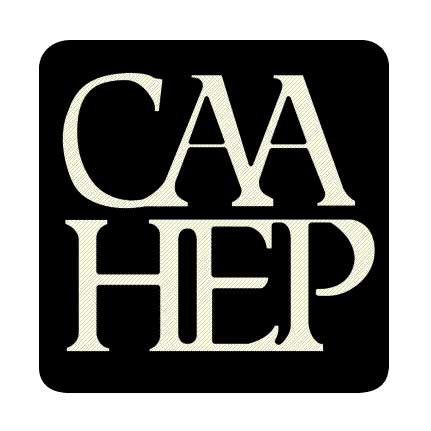Art Therapy
Master of Science in Creative Arts Therapy
PROGRAM HIGHLIGHTS
- Unique in the United States, the 60-credit art therapy degree program provides interdisciplinary training and clinical work.
- Collaborate interprofessionally at the on-site art therapy clinic gaining hands-on experience through consultation, observation, and co-treatment with future professionals in social work, occupational therapy, physical therapy, speech-language pathology, and music therapy — all while serving the local community.
- The program qualifies students for the New York state licensed creative arts therapy (LCAT) credential.
Grant to cover 2 students
Want to work as an art therapist in a high-need school? See if you are eligible for the Art Therapy AMPs Up grant in your second year — and be sure to apply by the March 31 deadline.
Classes mostly daytime; some evening courses offered.
Study full- or part-time
Complete in as fast as 2 years full-time
Internships on and off campus
Program is Ideal For
- People who have an undergraduate degree in art or psychology and wish to use art therapeutically to serve others. Prerequisite coursework in studio art and psychology is required.
Curriculum Examples
- Human Development and Assessment Across the Creative Arts Therapies
- Methods and Materials in Art Therapy
- Contemporary Issues in Art Therapy
Value of your Degree
- Graduates have been highly successful in passing the Art Therapy Credentials Board (ATCB) certification exam.
- Clinical rotation exceeds the American Art Therapy Association's (AATA) educational requirement, so graduates are well prepared for a variety of settings.
- Post graduation, art therapists find employment throughout the United States and abroad working in hospitals, clinics, social services, community agencies, wellness centers, educational institutions, businesses, and private practices.
- This department's accreditation by the National Association of Schools of Art and Design (NASAD) means our faculty, curriculum, and facilities meet or exceed national standards.
Employment Statistics
Job Placement by Graduation Year
- 2022: 88%*
- 2021: 100%
- 2020: 58%
- 2019: 92%
- 2018: 100%
- 2017: 100%
Job titles: art therapist, primary therapist, clinician, mental health therapist, school-based therapist, addictions therapist, outpatient therapist
*Based on a response rate of 80% for 2022 graduates.
Program Retention Rates
- 2023: 80%
- 2022: 82%
- 2021: 91%
- 2020: 87%
- 2019: 87%
- 2018: 89%
- 2017: 87%
Making Grad School Affordable
Grants, scholarships, veterans benefits, loans, and undergraduate loan forgiveness are options for paying for this grad degree.
Graduate's Perspective
“The Nazareth creative arts therapy program allows the students to learn in a safe, fun, and relaxed environment. The faculty members at Nazareth are all practicing clinicians who bring their real-world knowledge and experience to the classroom and offer the students every possible chance to succeed not only in their education, but also their future careers. My experience at Nazareth was life-changing, and enrolling in the creative arts therapy program after being out of the classroom for almost a decade was by far the best decision I have ever made.”
Michael E. Martin ‘14, art therapist and mental health therapist at Cayuga Counseling Services, works with veterans through the Warrior Salute program of CDS Monarch
What to Expect
- Gain hands-on experience your first year interning on campus in the art therapy clinic in Nazareth's state-of-the-art York Wellness and Rehabilitation Institute (YWRI). In your second year, intern in a community setting with a variety of populations.
- You have the option to include an early-intervention interprofessional concentration (track): Rochester Scholars for Early Intervention helps you develop specialty knowledge and skills to be a strong advocate for young children and their families.
- Learn highly collaborative and interdisciplinary approaches.
Catalog: Program requirements and course descriptions »
Music and Art Therapy Co-Treatment
Music therapy intern Shannon Stott '25G and art therapy intern Melissa Gernon '99G, '24G, SSJ team up to provide their client a multi-sensory experience on the drums. The client put paint on her fingers, and as she played the drum to the beat, a picture was created.

Accreditation
The art therapy program at Nazareth University is accredited by the Commission on Accreditation of Allied Health Education Programs (www.caahep.org) upon the recommendation of The Accreditation Council for Art Therapy Education (ACATE). Commission on Accreditation of Allied Health Education Programs. 25400 US Highway 19 North, Suite 158. Clearwater, FL 33763, 727-210-2350, www.caahep.org.